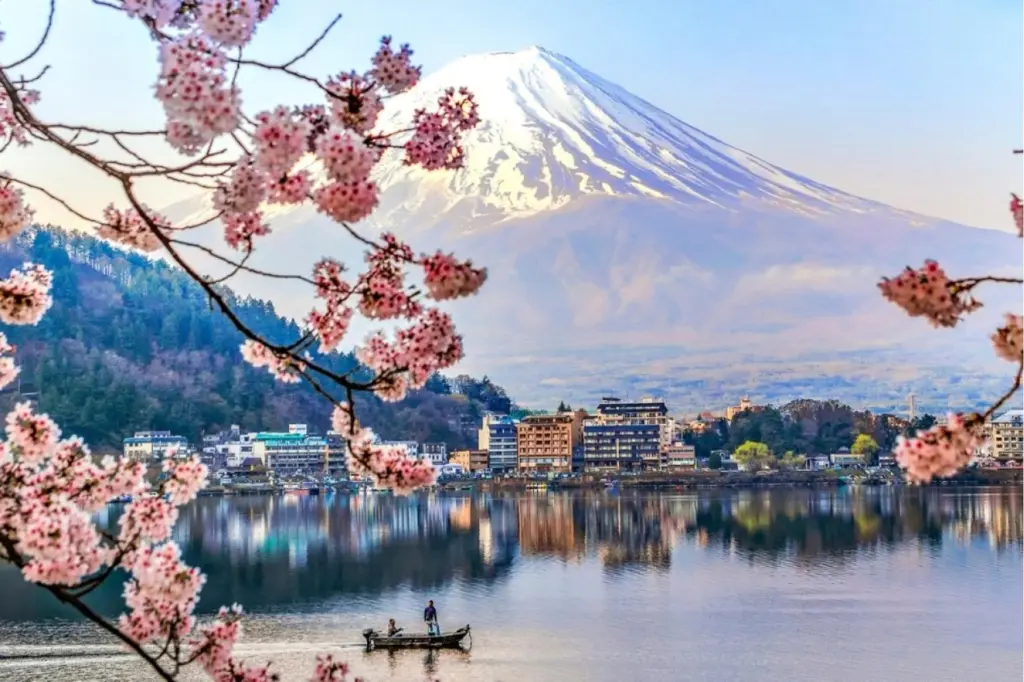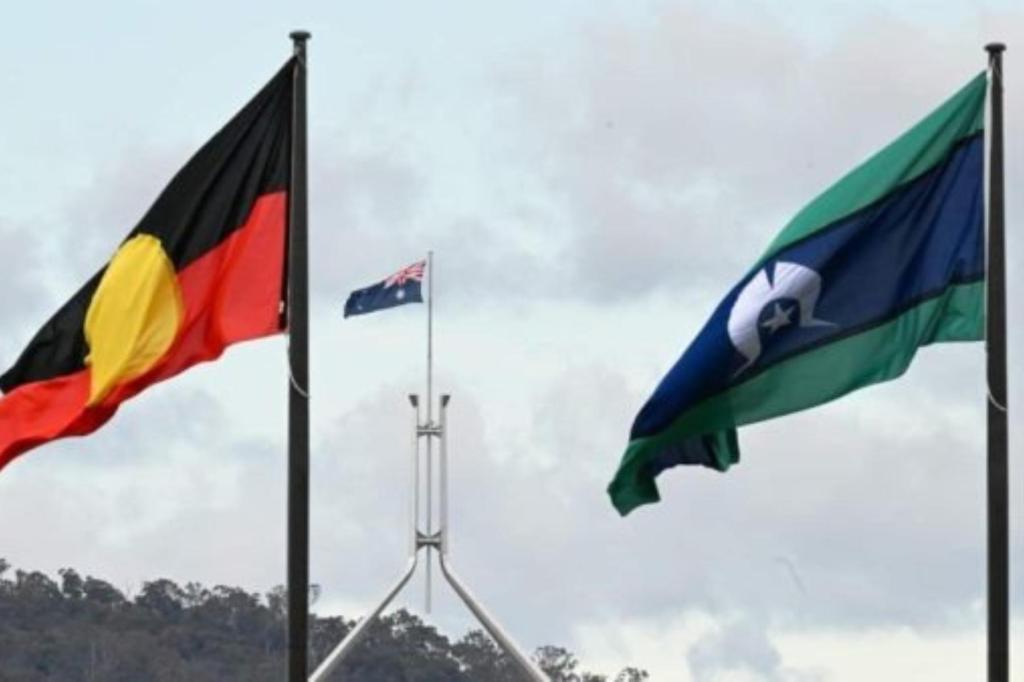Japan to double costs of top attractions
An ever-popular holiday destination, Japan will now cost more for visiting Australians.

Last year saw a record number of visitors to the Japan (over 35 million) bolstered by the weakening yen. As a result, parts of the country have been grappling with overtourism.
Measures like daily visitor caps have been introduced, with the number of climbers on Mount Fuji limited to 4000 a day.
Tiered pricing is the latest measure to be introduced from July 2025, which will charge different prices for Japanese residents and foreign nationals at major attractions. Here’s what we know so far.
Where will tiered pricing apply?
Charging international visitors a higher fee than locals aims to combat overtourism, with the extra funds going towards necessary maintenance and preservation of the highly frequented sites. Some key examples are:
You might like
- Hokkaido’s Niseko Ski Resorts: From July, tourists will pay ¥6500 ($69) a day, while locals will be charged ¥5000 ($53) a day.
- Shrines and Temples: Some sacred sites will impose a price increase for tourists.
- Kyoto’s Kiyomizu Temple: One of Japan’s most famous landmarks maty also implement similar pricing disparities.
-

Kiyomizu Temple will adopt dual pricing. Image: Darren Budiman/Unsplash
- There is still some debate about the fairness of ‘local’ pricing, and whether this applies to all Japanese nationals rather than residents of the city.
- For example, Himeji Castle has opted for a regional pricing model, which offers a lower price only to residents of the city.
How to combat overtourism in Japan?
We’ve previously taken a deep dive into combating the complexities of overtourism. It’s an enduring issue that doesn’t have a singular solution, but there are steps we can take as visitors to help.
Stay informed, daily
“The issue of overtourism is complex and multifaceted,” says Alastair Donnelly, director and co-founder of Inside Travel Group.
“In Japan, visitors are particularly attracted to the major cities of Kyoto, Tokyo and Osaka – and for good reason … Social media has driven certain temples, beaches and festivals higher and higher up the ‘to-visit’ lists,” Donnelly explained.
“Ultimately, this all results in large numbers of people seeking out the same places at the same time.”
Spreading visitors around a country or region is a helpful way to relieve the pressure on one place and spread the economic benefits more evenly.
For example, Nagoya in central Japan is often overlooked due to the misconception that its a dull, industrial town. But this couldn’t be further from the truth.
 Travelling to destinations like Nagoya can help relieve overtourism. Image: Serena Naclerio
Travelling to destinations like Nagoya can help relieve overtourism. Image: Serena Naclerio
Nagoya is an art lover’s haven packed with culture, galleries and festivals. Calendar highlights include the sumo basho tournament on the grounds of Nagoya Castle and the picturesque Cherry Blossom festival. It’s places like Nagoya that Inside Travel Group are trying to shine the spotlight on, encouraging travellers to explore lesser-known areas and spread their tourism dollars more widely.
While diversifying tourism is part of the solution, certain popular sites will always draw visitors.
Dual pricing and tariffs are a way to offset the effects of increased demand. Japan will monitor the impact of the tiered pricing, and if it is successful, it may be rolled out in a larger capacity.
This article previously appeared in International Traveller. Read the original here.




